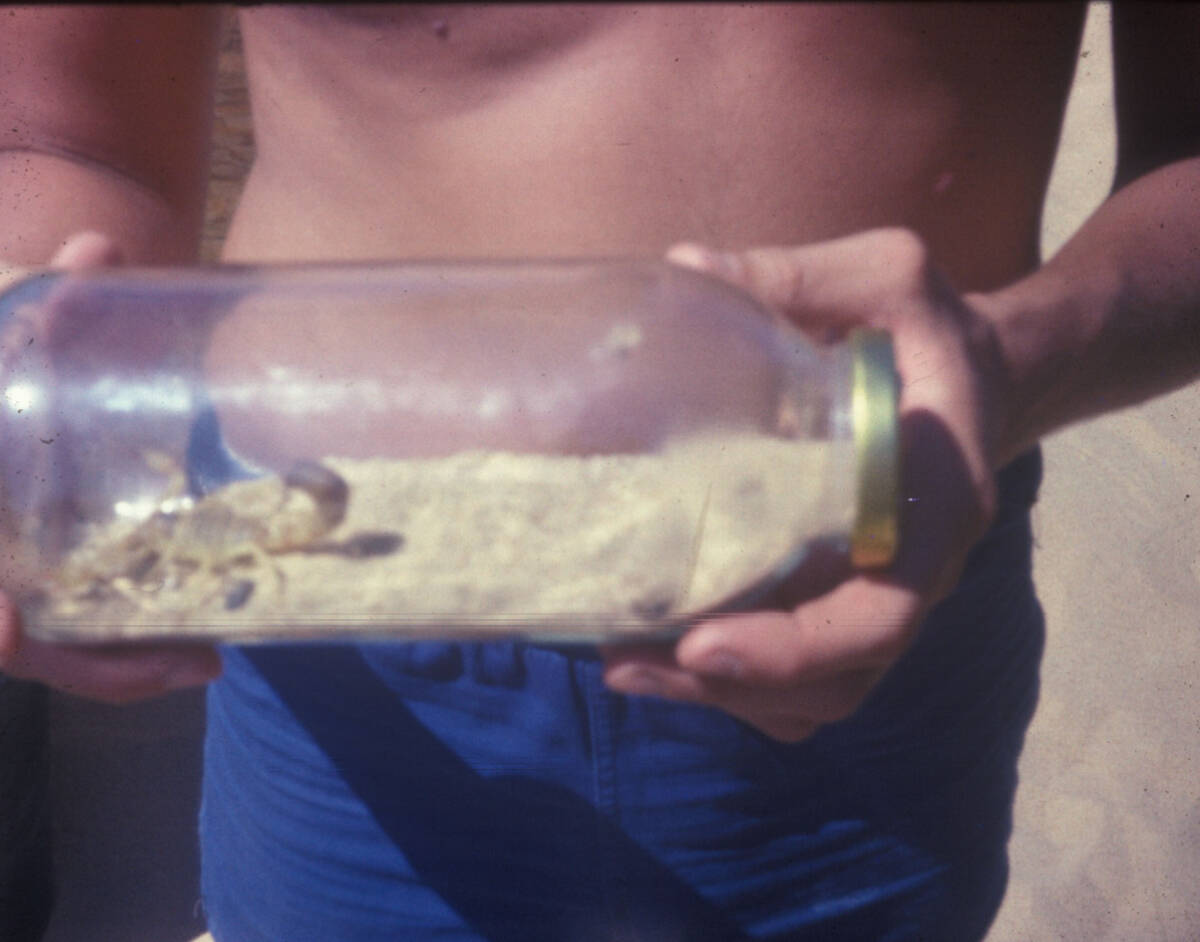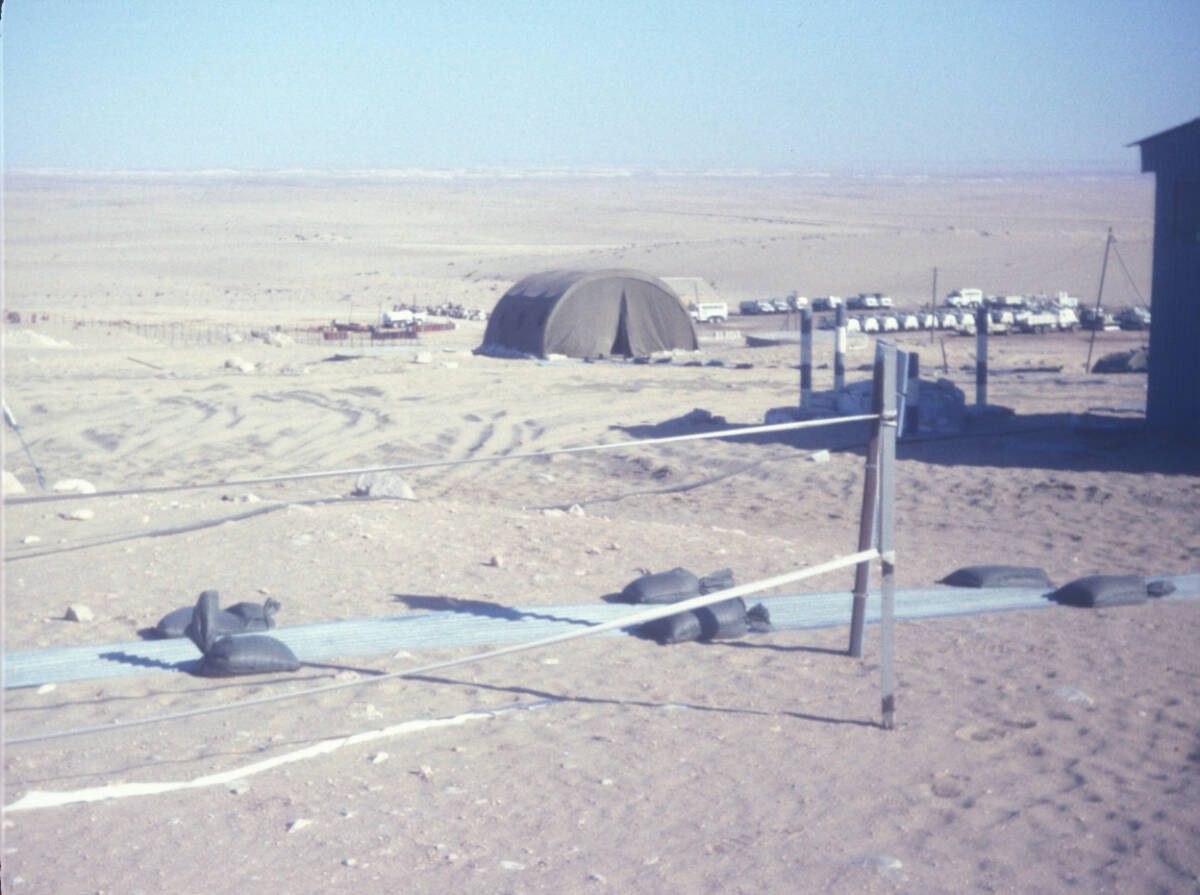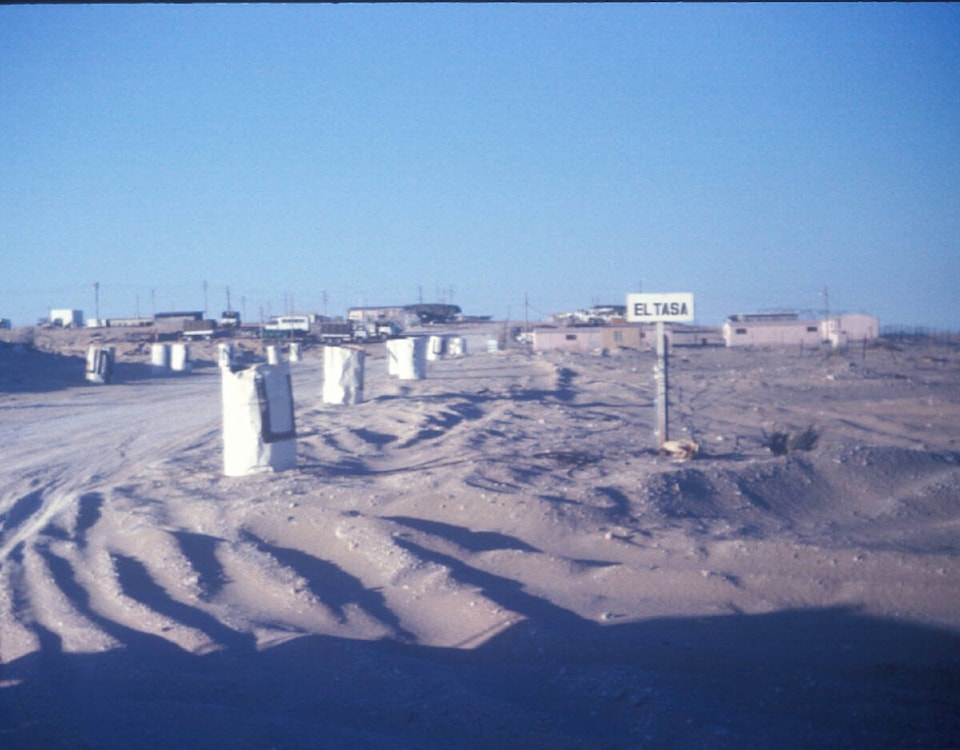For Ernie Kovacs, CD, Remembrance Day is when he remembers the Buffalo aircraft shot down by Syrian forces in 1974 and the nine Canadian soldiers who lost their lives.
“Those were the only Canadian operational casualties. On Peacekeepers Day, in August, we held a ceremony in honour of them, and all Peacekeepers killed on duty,” said Kovacs.
Kovacs military career began in 1974 when he joined the 15th field artillery regiment of the reserves. He took retirement in 1999 due to medical reasons.
Early on in his career, his knee was injured and deteriorated over the years to the point where he could no longer use it properly.
It took a year to prove the damage happened in the line of duty as his medical records were lost once he got home.
Fortunately for Kovacs, when soldiers left the region they were required to declare any injuries they had suffered before heading home. He eventually came across a tattered piece of paper - his declaration of a knee injury he’d held on to since 1977.
Following his training at CFB Calgary, he served in the UN Emergency Force Middle East during Operation Danaca from 1976-77 in the middle of the Sinai Desert.
“Our letters home were “Hi from the land of sun, sand and surf. Lots of sun, lots of sand but no surf,” said Kovacs, adding that you had to have some sense of humour.
New arrivals attended three days of briefings and climate orientation, learning the different cultural aspects, local areas to avoid, and things to expect such as the animosity towards the UN from Egyptians all the while trying to adjust to temperatures of 120-130 F with very high humidity.
“One beer you were drunk,” he laughed.
Pretty much anyone who served in Egypt came down with gypo gut - nausea, vomiting, and diarrhea all at the same time. It was not fun, he said.
Kovacs mentioned a drainage ditch in Ismailia that was so contaminated those who came in contact with it were immediately flown back to Ottawa National Defence Medical Centre. Dead donkeys could be found floating, and people defecated in it and washed their dishes. The Ismailia police chief was even found floating in it one day.
After the briefings, he was posted to the Buffer zone between Egypt and Israel to Forward Logistics Base El Tasa.
The facilities were crude and they lived in a tent for the most part. In the same area but set apart from their camp was a Polish contingent of water trucks to supply the outposts with water.
Initially, seven Canadians were posted there joined by four vehicle techs later on.
Kovacs celebrated his 19th birthday there.
The posting was at the highest point in the Sinai Desert. As an abandoned Israeli position it offered an unobstructed view for miles around of the desert.
If war broke out again the area would have been a primary objective of both sides with a long three-hour drive along the evacuation route to Israel.
Kovacs pointed out that they all volunteered to go over.
“We put ourselves there,” he said. “Even though I was injured, I would do it all again. Because in the end, Egypt and Israel signed a peace treaty.”
He said when you’re there you wonder if “maybe you are just delaying the inevitable. Another war. But in the end, it turned out good.”
fiona.grisswell@100milefreepress.net
Like us on Facebook and follow us on Twitter


